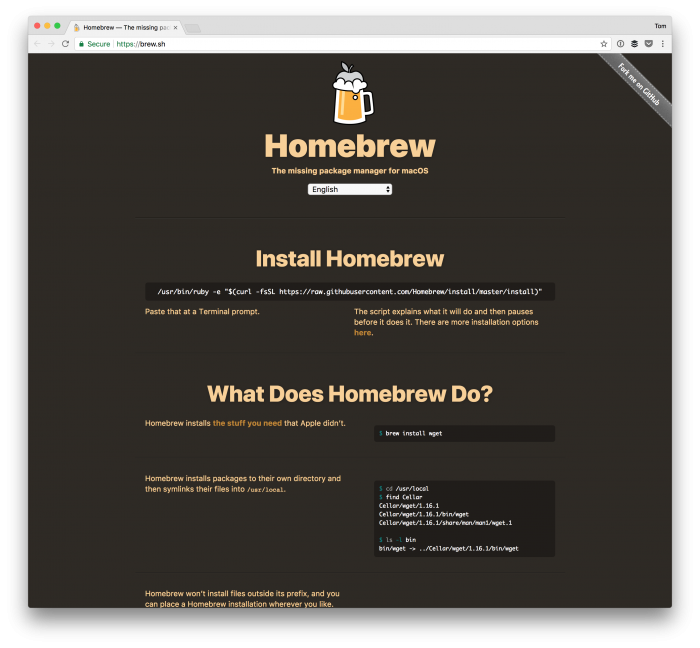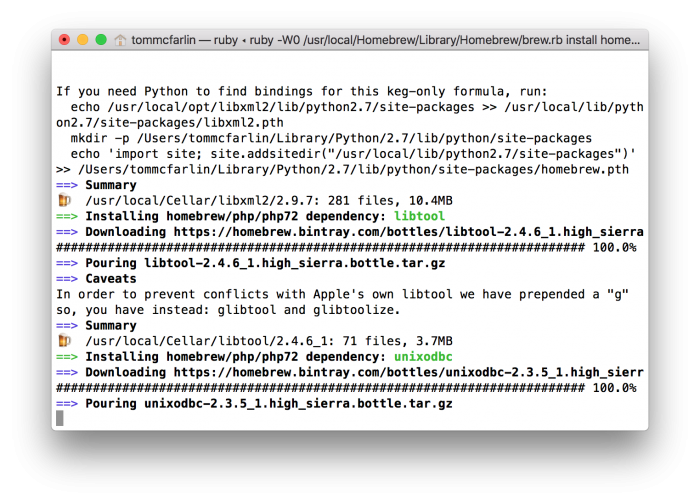Once you’ve got the PHP Coding Standards set up in Visual Studio Code, I think it’s also important to make sure that you have PHPUnit installed so that you get in the practice of writing testable code.
If you wait to start doing this until after you’ve started a project, you’re far less likely to start doing it. I’m saying this both from experience and from working with other developers.
So before I start covering how to handle front-end linting and things like that, I want to walk through the process of setting up PHPUnit. If you’ve not yet read how we’re managing packages or how we’re using Visual Studio Code, I recommend catching up by reading the following articles:
- A WordPress Development Environment (Using a Package Manager)
- An IDE for WordPress Development
- Working with User Settings in Visual Studio Code
Once you’re caught up, head back to this post.



